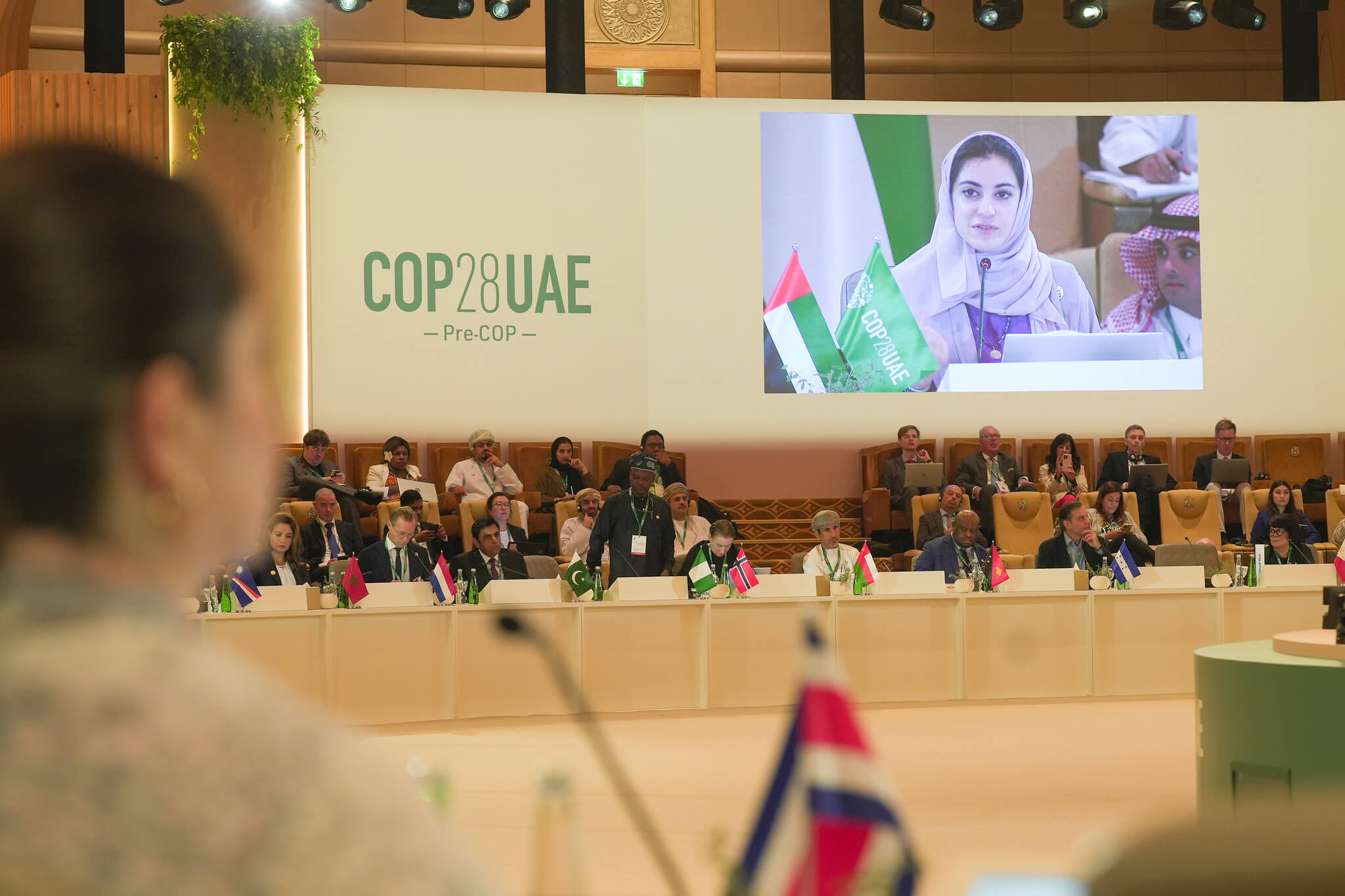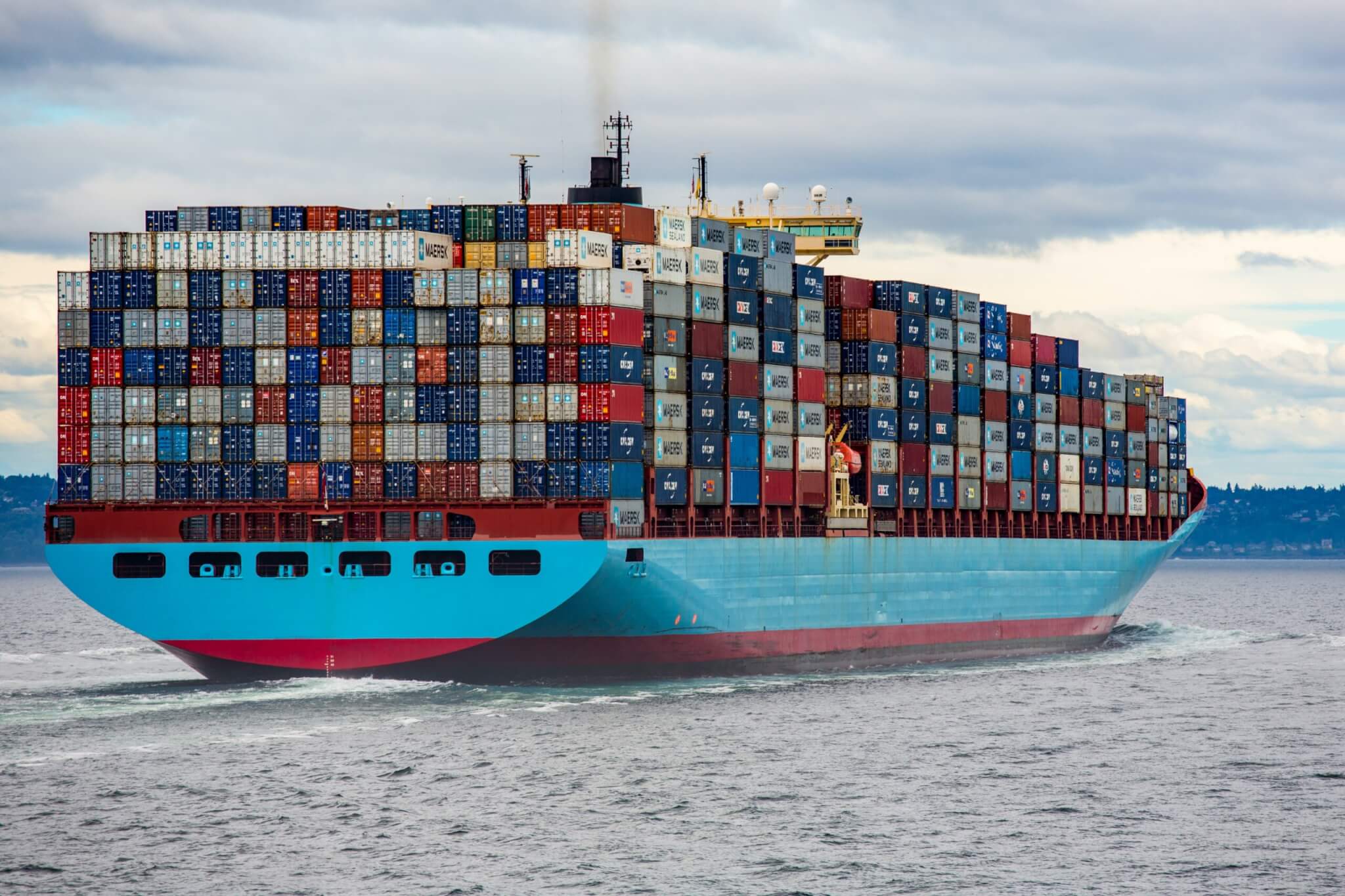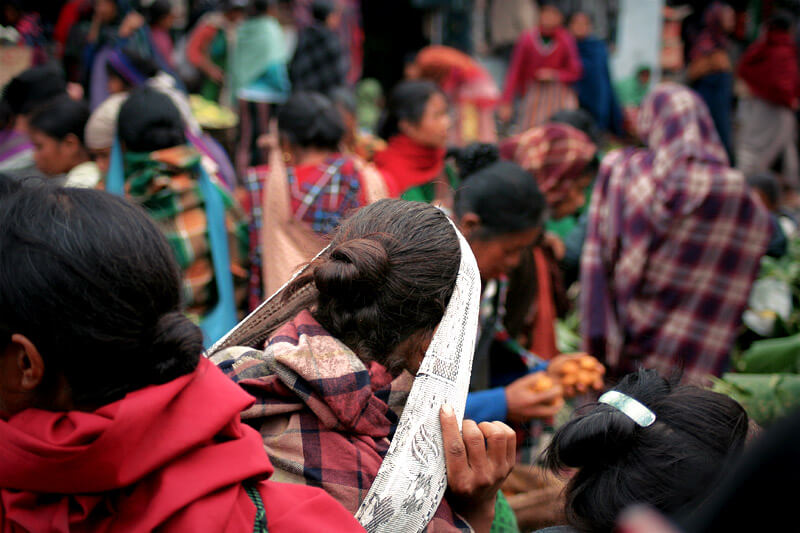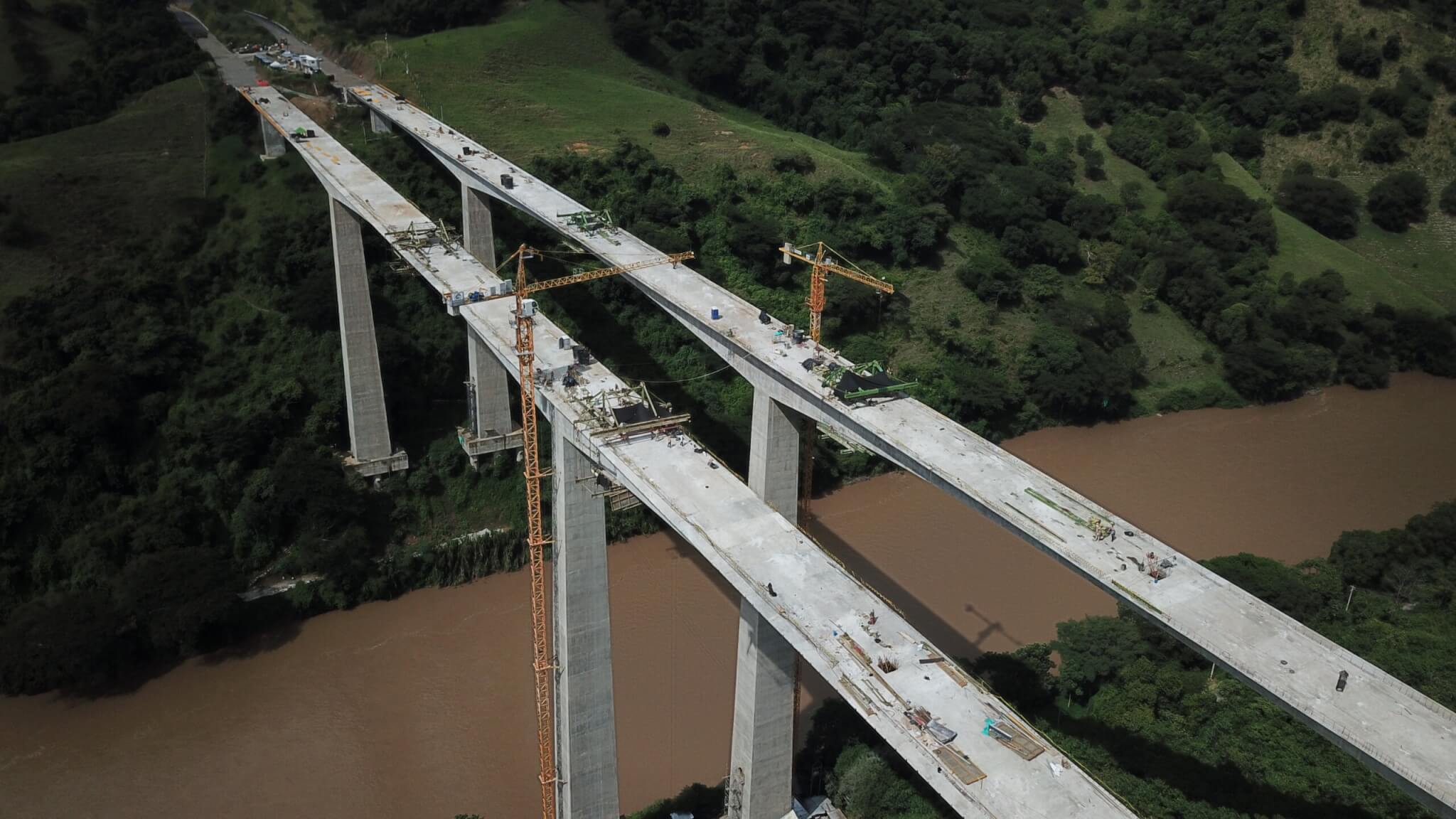
The Global Stocktake calls for bold climate action now. Its technical findings — the result of a nearly two-year process — offer a roadmap outlining how countries can course correct to achieve a zero-carbon and climate-resilient future that leaves no one behind. Now, it’s time to pick up the pace.
Bold climate action means transforming all global systems this decade — from how we grow our food to how we power our lives, transport goods, and build our cities. The Global Stocktake’s final outcome text included a historic agreement to “transition away from fossil fuels in energy systems” and critical signals for action across sectors to protect the world’s forests, boost zero-emission transportation, and reduce methane.
The next crucial opportunity for governments and United Nations Parties, as well as non-Party stakeholder groups, to move faster on climate action will be developing national climate action plans, which will include new or updated Nationally Determined Contributions (NDCs) and National Adaptation Plans (NAPs). Countries must submit these plans in 2025 — and the work begins now.
So what comes next for Parties, non-Party stakeholders, and the Global Stocktake process now that the outcome text has been released?
Next steps for Parties
Parties — the 198 governments and UN member states that have ratified the Framework Convention on Climate Change (UNFCCC) — must implement bold national targets and policies to deliver on the Paris Agreement goals. They must align domestic policies with these targets and increase international collaboration to drive action rooted in the findings of the Global Stocktake. Parties will participate in the following four activities before the next Stocktake begins.
- Governments must submit new NDCs in early 2025, which map out emissions reduction plans through 2035. This period is a crucial window for global climate action to catch up with the pace of change needed to stay within 1.5º C of warming (2.7º F) and transition to a safer world for all.
- Governments must solidify National Adaptation Plans by the end of 2025 and make progress on implementation by 2030. As of December 2023, with the 28th Conference of the Parties to the UNFCCC (COP28), 51 Parties had submitted national adaptation plans. Now, countries must tailor their adaptation plans to national and local circumstances, and others must develop theirs. Developing these plans can draw upon the best practices and outcomes identified in the Global Stocktake. Support from non-Party interest groups, including the iGST community, will be crucial in getting the remaining plans over the finish line.
- Beyond commitments to the UNFCCC, Parties must integrate the Global Stocktake’s conclusions into national policies that aim to close gaps in adaptation, mitigation, and finance, in light of equity and the best available science. Globally, Parties have agreed to triple renewable energy capacity by 2030, transition away from fossil fuels, and pursue other key developments in forest protection, zero-emissions transportation, and methane. These agreements should be transformed into domestic policies that strategically align with their NDCs to ensure the efficient implementation of updated climate action plans ahead of their delivery.
- The conference presidents from COP28, COP29, and COP30 must collaborate to implement cohesive climate action between conferences. For example, the United Arab Emirates presidency (COP28) and the upcoming Azerbaijan (COP29) and Brazil (COP30) presidencies aim to maintain the momentum of international cooperation and ambition through their Road Map to Mission 1.5. As countries set new climate commitments for 2025, the partnership provides a platform for the three presidencies to collaborate on implementation and encourage the course correction called for in the Global Stocktake.
Next steps for non-Parties
Non-Party stakeholders — including cities, states, businesses, investors, and civil society — play a crucial role in supporting the effective and equitable implementation of climate plans and holding leaders accountable for their progress. These stakeholders identify gaps and areas of improvement. They are also central to ensuring governments develop just policies that center local communities and equitable solutions.
- Civil society plays a crucial role in translating the Global Stocktake outcomes. Civil society is crucial to helping governments understand how economic, social, and political situations impact how to implement adaptation and mitigation plans. Local civil society leaders and experts can ensure transparency in delivering on climate progress through their insights into local challenges and advantages. Civil society is also uniquely positioned to pressure governments to design policy interventions that achieve the speed, scale, and scope required to meet the climate emergency.
- The private sector, sub-national jurisdictions like cities and states, and civil society have the power to take voluntary actions informed by the Global Stocktake. For example, the outcome text of the Global Stocktake calls for “new and innovative sources of finance” to encourage and fund sustainable solutions. These new funding flows supplement the finance the Parties can provide, filling essential gaps. Multilateral development banks, international and domestic financial institutions, and private companies all have access to novel forms of finance that must be tapped to close the implementation gap.
Overall, acting on the findings of the Global Stocktake will require a whole-of-society approach incorporating voices from across sectors and industries to deliver a just transition and economic resilience in the face of a rapidly changing climate.
The second Global Stocktake in 2028
The next Global Stocktake will be completed in 2028. Refining the two-year process before the next cycle begins in 2026 is imperative.
- Parties and non-Parties must provide formal feedback on the Global Stocktake process. This feedback should help improve the different elements and parts of the Global Stocktake process, such as the technical dialogues and reports.
- Countries must record their greenhouse gas inventories in line with the Paris Agreement. This accounting will be done through the enhanced transparency framework, which is being fully implemented in 2024 and builds on UNFCCC standards for monitoring, reporting, and verifying emissions. This key component of the Paris Agreement will provide a much more detailed and comprehensive assessment of progress in time for the second Global Stocktake process to begin in late 2026.
Next steps for global climate action
While the final political outcome of the Global Stocktake is a major step toward driving deeper progress on climate, now is the time to translate these commitments into concrete actions across regions. The conclusion of the first Global Stocktake creates a moment to deliver vital commitments from countries through ambitious NDCs and NAPs in 2025. Most importantly, they must implement these commitments and set the world on an accelerated path to decarbonization.
The next steps outlined here provide an opportunity to demonstrate how adaptation, mitigation, and finance solutions rooted in equity and the best available science can deliver transformational change. Parties cannot and will not achieve progress in silos; non-Party stakeholders and civil society groups need to engage in domestic political processes to maintain pressure on national leaders and uplift local knowledge and solutions to ensure the equitable design and implementation of policies.
In this decisive decade for climate action, every year counts. All those involved in the writing and implementation of the Global Stocktake must use it to its potential to create a consistent cycle of progress for a brighter climate future.




